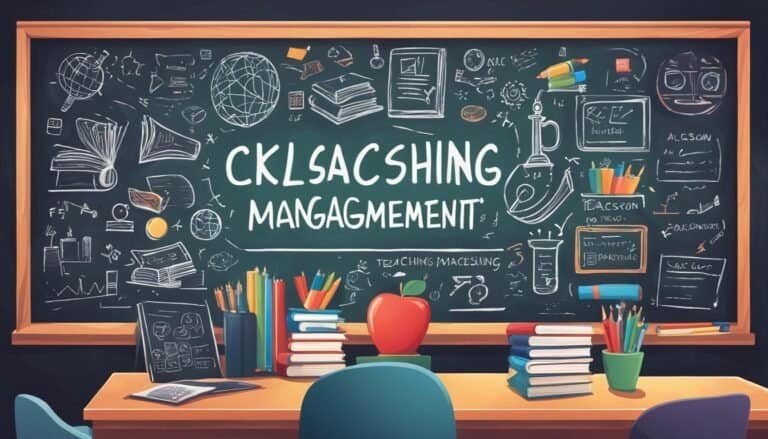Veteran Employees Training and Development Tips
Introduction
Veteran employees, who have been entrenched in their careers or particular industry for a substantial amount of time, possess unique insights and knowledge. Their deep understanding of the company culture and the market makes them highly valuable resources – they are truly experts at what they do. The term “veteran” reflects not only the length of an individual’s tenure but also that person’s impressive skillset which has evolved from countless hours on-the-job experience over many years.
As the proportion of senior citizens in the workforce keeps growing, their immense experience and knowledge can be a major asset to any organization. Nonetheless, many elderly people struggle with finding meaningful employment despite all they have to offer due to difficulties related to grasping modern technologies or learning new skills.
This article is designed to provide practical advice and best practices to help businesses better understand the needs of their older workers, as well as how they can support them with training and development.
Benefits of Investing in Older Workers’ Training and Development
Investing in the training and development of experienced workers has countless advantages for both employees and employers. For personnel, it opens up chances to acquire fresh skills, stay current within their discipline, as well as expand their career contacts. Moreover, such investment helps them remain relevant and competitive in today’s job market while also increasing their job satisfaction levels and enthusiasm.
Investing in training and development opportunities for senior members of your organization can help close the skills gap, boost efficiency, as well as foster innovation. It shows that you believe employee growth is important at your company–which consequently leads to increased loyalty and improved morale among employees. This makes them more motivated and often less likely to leave or become disengaged with their work.
The Importance of a Comprehensive Training and Development Strategy
To take full advantage of investing in the training and development for our more senior employees, a comprehensive strategy is paramount. This plan should include tailoring to the needs and struggles faced by elder workers as well as aligning with organizational aspirations and ambitions.
Elements of an Effective Training and Development Strategy for Older Workers
An effective training and development strategy for older workers should include the following elements:
- Needs Assessment: To identify the current abilities, expertise, and exposure of older employees as well as areas where they would benefit from more training or development opportunities, let’s conduct a needs assessment. This will help us curate programs and resources that are tailored to their learning objectives.
- Unique Training Programs: Develop training programs that are precisely tailored to the requirements of more mature employees, taking into account their expertise, learning styles, and the technology they feel confident using. To address the varying needs of older workers, consider offering a combination of in-person and online training options.
- Accommodating Scheduling: Invest in training and development experiences that are tailored to the needs of older workers. These could include providing instruction after work hours or permitting attendees to acquire their education on a personalized timeline. This flexibility would make it easier for senior citizens in the workforce to take advantage of such opportunities without needing to rearrange other commitments.
- Investment in Resources: Guarantee that senior employees have access to the resources needed for their training, including computers, software, and technical assistance. Provide technology instruction tailored specifically to elderly workers with the ultimate goal of helping them become more capable and efficient in utilizing modern technology.
- On-the-Job Training: Give senior employees the chance to utilize their newly acquired knowledge and skills on the job through mentoring, shadowing or other hands-on methods. This will help strengthen what they’ve just learned and make it simpler for them to apply it in a practical setting.
- Continuous Encouragement: Support and coach mature workers to continue cultivating their abilities, providing them with regular check-ins from their supervisors or mentors, access to online resources, as well as attending professional development seminars and workshops.
Challenges Faced by Older Workers in Training and Development
Experienced workers bring invaluable wisdom and expertise to the workplace, yet they also have specific struggles about training and further growth.
These challenges include:
- Change Aversion: Older employees may feel threatened by shifting circumstances, or they could be intimidated by technological systems and training modules.
- Limited Technology Savviness: Aging workers may not be as experienced with modern technology, so they might require additional training and support to feel secure when using new gadgets and programs.
- Health and Physical Limitations: Older workers may struggle to keep up with physical limitations, resulting in a lack of ability to attend training programs or execute certain tasks.
- Learning Styles: It is essential to recognize that older workers may possess distinct learning styles than their younger colleagues, and consequently require training programs tailored specifically for them.
- Financial Constraints: Economic Barriers: Senior workers, who may have limited incomes or financial resources, can find it hard to pay for technology and take part in training sessions.
- Ageism: Ageism is a real problem that often leaves older workers feeling unappreciated and less likely to pursue training opportunities. This discrimination can make them feel devalued in the workplace, creating an unwelcoming atmosphere for these experienced professionals.
Overcoming the Challenges Faced by Older Workers in Training and Development
To offer meaningful assistance to seasoned employees as they progress in their careers, we must recognize and confront any obstacles they may face.
Here are some practical tips for overcoming these challenges:
- Champion Older Workers: To help older workers engage in learning activities, give them the backing and appreciation they need. Make available resources and services to empower them, as well as form a welcoming atmosphere for training purposes. By doing this, you can open up numerous possibilities for their professional advancement
- Increase Access to Technology: Make it easier for seniors to use technology by ensuring that the products are user-friendly and accessible. Offer specialized training on how to operate them so they can gain confidence in their abilities. This way, older workers will have the opportunity to stay updated with technological advancements while still feeling secure in utilizing them.
- Offer Flexibility: Aim to provide training and development opportunities that can be tailored to suit the needs of older workers, like offering online options which are available from any device at their convenience. This will show your staff that you respect a balanced work-life balance for all ages.
- Foster a Welcoming Environment: Harness the workplace potential of your more seasoned employees by valuing and appreciating their contributions. Make sure to provide them with training opportunities and continued growth, while actively eliminating any ageism or discrimination in the office. By creating an inclusive culture that respects each individual’s unique worth, you can foster an environment where all workers feel respected and encouraged to reach their highest potential.
- Linking with Community Resources: Establish a connection with local organizations and community resources to provide older workers with opportunities for training and advancement. Consider hosting on-site programs or collaborating with nearby colleges or universities to bring learning and development chances available.
Conclusion
To remain competitive and meet the changing workforce needs, businesses must invest in training and development for their older workers. By taking a holistic approach to address their unique challenges, organizations can create an environment that encourages growth among all employees. With the right guidance, support systems, and opportunities available to them – mature staff can continue to thrive while making meaningful contributions at work!








